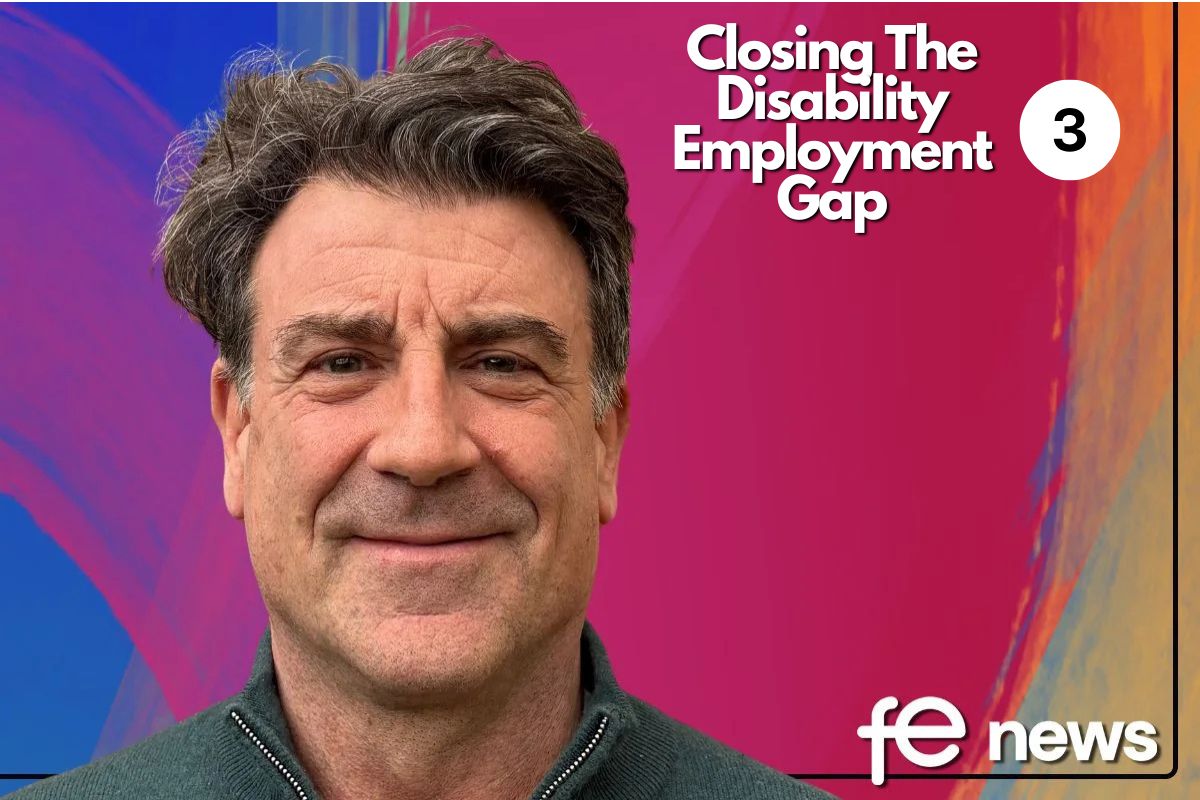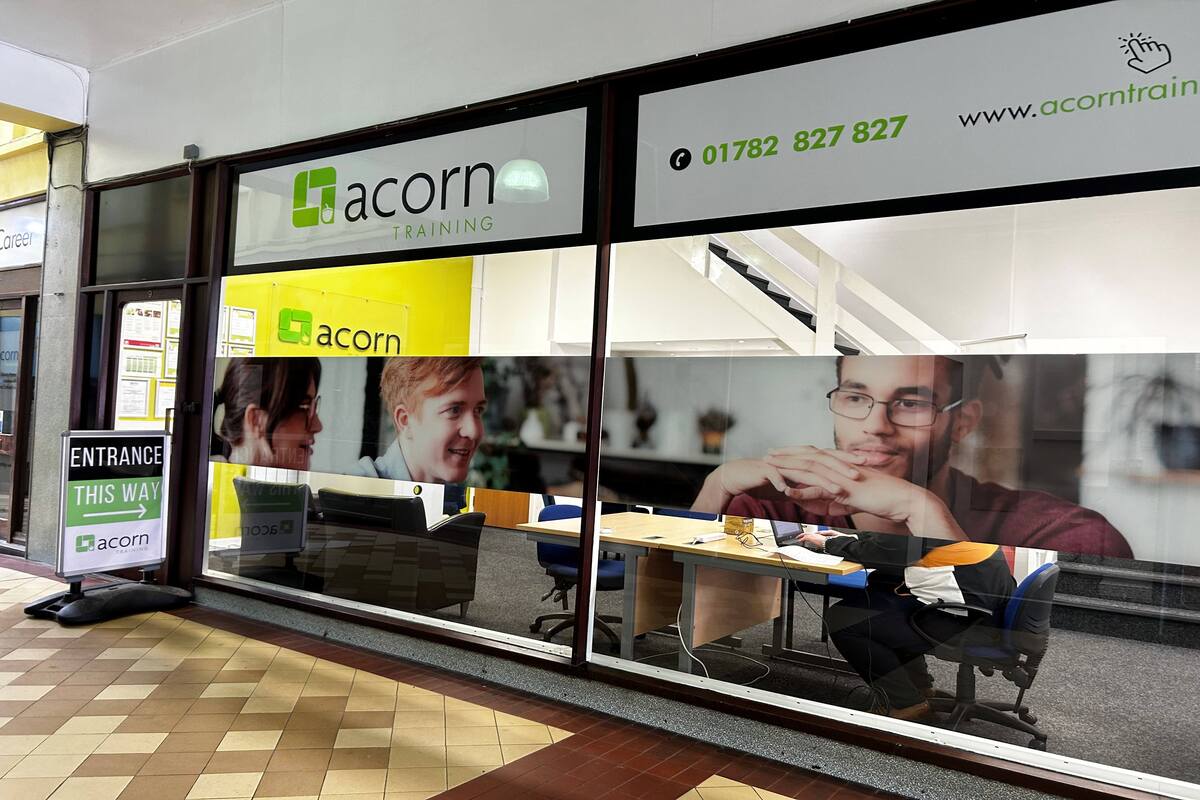Practical Steps To Close The Disability Employment Gap: What Can Schools, Employers and Government Do?

In the first of the previous two articles in this series, I have explored the persistent disability employment gap (DEG), highlighting systemic barriers, hiring biases and workplace inaccessibility as obstacles which prevent disabled individuals from securing jobs. Businesses and the wider economy are missing out on the benefits of diversity. Crucially, these challenges begin in education, where early interventions can shape future employability.
The second article examined the transformative role of assistive technology in breaking down communication and accessibility barriers and empowering SEND students to develop skills which allow them to become independent and transition into meaningful careers. Schools which embrace these technological innovations, and so embed key skills like teamwork, problem-solving, self-advocacy and digital literacy into the curriculum, further strengthen students’ readiness for employment.
Now, in this third article, I will explore the next crucial step: how businesses and the Government can actively create inclusive workplaces and sustainable career pathways.
Inclusion In The Workforce Is Essential
Let’s begin with the words of Diane Ainsworth, SEND specialist, Senior Leader and SLE for careers specialising in SEND:
“Addressing the evolving employment landscape requires a critical evaluation and adaptation of the school curriculum to ensure its continued relevance. A robust life skills provision is essential in preparing young people for adulthood, particularly those with additional needs. A focused approach such as this will foster the confidence and resilience required to secure sustainable employment opportunities, thereby mitigating the economic impact of unemployment among individuals with disabilities.”
In the second article we looked at how schools should integrate strong life and employability skills’ education into the curriculum, as it is crucial for preparing young people, especially those with additional needs, for adulthood and sustainable employment, ultimately reducing unemployment’s impact on disabled individuals.
The Increasing Participation Of Disabled People In The Workforce
Despite the persistence of the disability employment gap and the obstacles faced, according to the Government, the number of disabled people in employment has increased over the past decade, driven by four main components of change in order of relevance:
 | – increase in disability prevalence; – reduction in the disability employment gap; – increase in the non-disabled employment rate; and – increase in the working-age population. |
The rise in disability prevalence is closely linked to an increase in people reporting mental health conditions. Recent data has revealed that one in four people in the UK now identifies as disabled, a 40% increase over the past decade, largely driven by a surge in severe mental health conditions, which have been exacerbated by the COVID-19 pandemic.
Assistive technology has played a crucial enabling role in increasing disability employment by improving workplace accessibility, supporting flexible work and enhancing skills development.
Trailblazing Employers Putting Disability On The Priority List Through Flexible Work, Inclusive Hiring Practices And Mentorship.
A few organisations are breaking the mould and setting an example for others. Lloyds Bank, GCHQ and Channel 4 have prioritised disability inclusion and are seeing tangible benefits as a result:
- Lloyds Bank has built one of the UK’s most respected disability inclusion programmes, investing in workplace adjustments and establishing internal networks for disabled employees. This has led to a more engaged workforce, improved retention rates and greater innovation.
- GCHQ, the UK’s intelligence and security agency, actively recruits neurodiverse employees, recognising that individuals with autism and other neurodivergent conditions often excel in pattern recognition and problem-solving. By embracing neurodiversity, GCHQ has strengthened its analytical capabilities.
- Channel 4 has taken steps to make its workplace more inclusive, implementing tailored recruitment processes and fostering a culture that values diverse ways of thinking.
Measures such as this not only enhance employment opportunities for individuals with SEND but also contribute to a more diverse and productive workforce.
What Are Other Businesses Doing As Best Practice For Disability Inclusion In Employment?
Many companies operating in the UK have been recognised for their efforts in promoting disability inclusion through various training and outreach programmes. They have implemented initiatives to support the employment of individuals with SEND, including:
- Inclusive Recruitment Practices: Adjusting hiring processes to be more accessible, such as offering alternative application methods and ensuring interviews accommodate various needs.
- Workplace Adjustments: Providing necessary accommodations, like assistive technologies or modified workspaces, to ensure employees can perform effectively.
- Training and Awareness: Conducting disability awareness training for staff to foster an inclusive culture and reduce biases.
- Mentorship and Support Programmes: Establishing mentorship schemes and support networks to assist SEND employees in their professional development.
So, some companies are embracing inclusion, but they are still in the minority. Meaningful change across the workforce and the economy as a whole will only really be achieved by Government intervention.
What Are Global Initiatives We Can Look To For Disability Inclusion? Quotas And Tax Breaks?
While the UK struggles to close the disability employment and pay gaps, mandatory quotas and financial incentives, such as tax breaks for companies meeting disability hiring targets, could accelerate progress significantly, but both remain controversial.
It is worth looking at how other countries have implemented policies to encourage inclusive hiring. Here are some of the highlights:

Key Takeaways From Best Practice Round The World
- Early intervention works: Programmes which start in school, like Germany’s vocational training and Australia’s school-to-work initiatives, lead to better long-term outcomes.
- Employer engagement is crucial: Models in Sweden and the Netherlands show that direct employer involvement creates sustainable jobs.
- Quotas: In Germany, for example, businesses with over 20 employees are legally required to ensure at least 5% of their workforce consists of disabled individuals. Companies which fail to meet this target must pay a fine, which funds programmes to support disability employment.
- Legal frameworks matter: Countries with strong employment laws (like Germany, USA and Japan) ensure businesses prioritise inclusive hiring.
- Ongoing support is necessary: Job coaching in Sweden and USA, wage subsidies in Netherlands and workplace accommodations in Australia, all help young people with SEND thrive at work.
Beware The Trump Roll-Back
It’s worth noting that President Trump’s decision to roll back parts of the Americans with Disabilities Act (ADA) in March 2025 reflects a worrying trend of weakening protections for disabled individuals in the workplace. By removing key guidelines from the ADA website, this move reduces clarity for businesses and employees on their rights and obligations, potentially leading to greater discrimination and fewer employment opportunities for people with disabilities. Advocates warn that such actions undermine years of progress in inclusive hiring and workplace accommodations, making it harder for those with SEND to thrive in the workforce.
Disability Inclusion Is Not A Favour. It Is A Strategic Decision.
Closing the disability employment gap requires a multifaceted approach which involves collaboration between schools, employers and governments. The practices highlighted throughout the three articles demonstrate that inclusion is not only the right thing to do but also a strategic advantage for businesses. Companies which prioritise disability inclusion benefit from a more engaged, diverse, and productive workforce. Governments, through policies like financial incentives and quotas, can further drive meaningful change and ensure that individuals with SEND have equal access to opportunities.
The global initiatives discussed above showcase a range of models that have proven successful in promoting disability inclusion, offering valuable lessons for the UK. By fostering inclusive recruitment, providing workplace adjustments and offering continuous support, we can empower individuals with SEND to thrive in the workplace.
Moving forward, it is crucial that we continue to build on these best practices, ensuring a future where all individuals can contribute their skills and talents to the workforce. In the words of inclusion champion Martha Lane Fox: “Disability inclusion is not a favour. It is a strategic decision that benefits businesses, workers and the economy alike”.
By Neil Wolstenholme, Kloodle Chairman











Responses